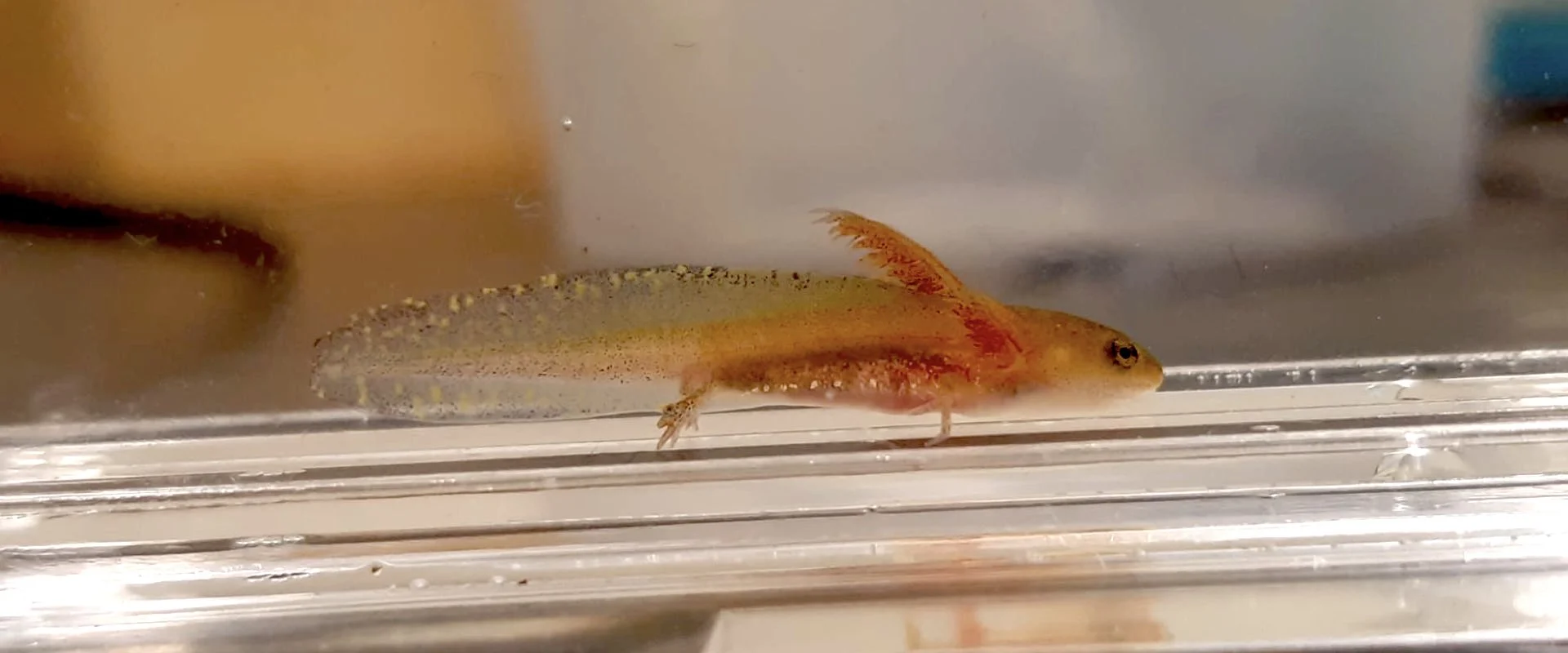Is adulthood just an illusion? The impact of size and ontogeny on suction feeding kinematics in the axolotl (Ambystoma mexicanum).
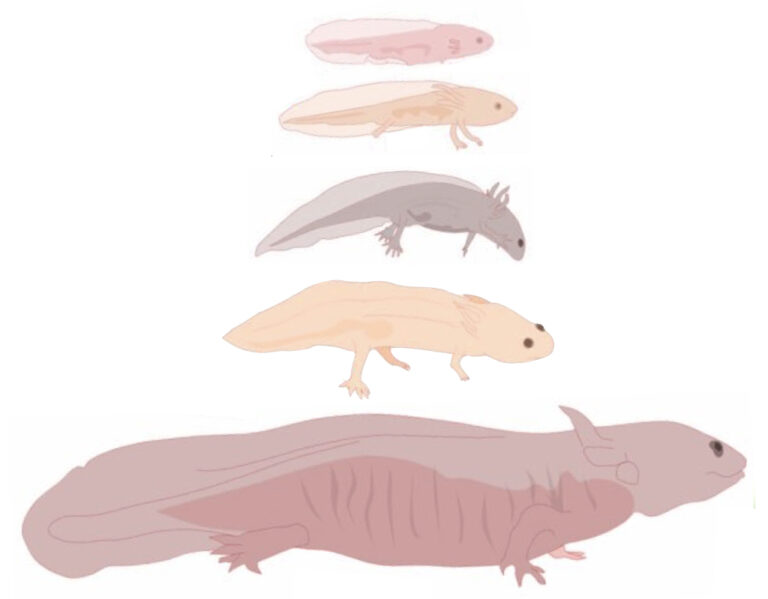
This blog post summarizes our recently published paper in Biology Open, in which we explored how size and developmental stage affected the feeding kinematics of larval, juvenile and adult Ambystoma mexicanum (axolotl). Peadomorphic species: are the adults just big larvae?…
The role of metamorphosis in morphological and functional diversity in Caudata

In our latest paper, we explore how variation in metamorphosis — the dramatic body transformation that some animals undergo — plays a major role in shaping lower jaw diversity among salamanders and newts. Metamorphosis is a spectacular developmental process, marked…
Meta-Morphosis the project! A Documentary Video
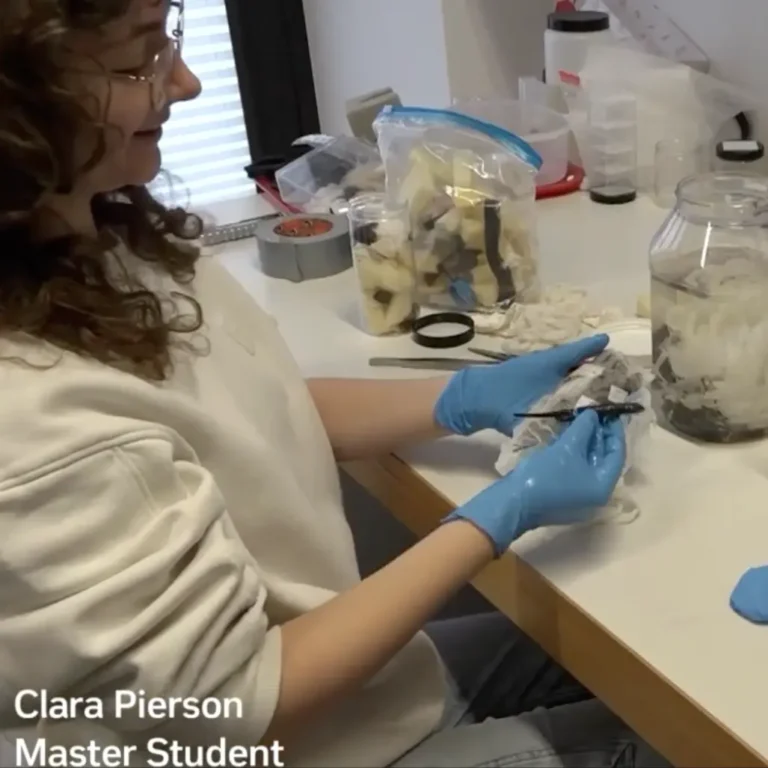
Patricia Teixidor interviews the Meta-morphosis team for an in-depth explanation of the project and its relevance to amphibian conservation, including a behind-the-scenes look at the collections and science laboratories at the Natural History Museum of Bern.
Day trip to the Ozarks, Arkansas: Exploring the rich diversity of salamanders in the wild
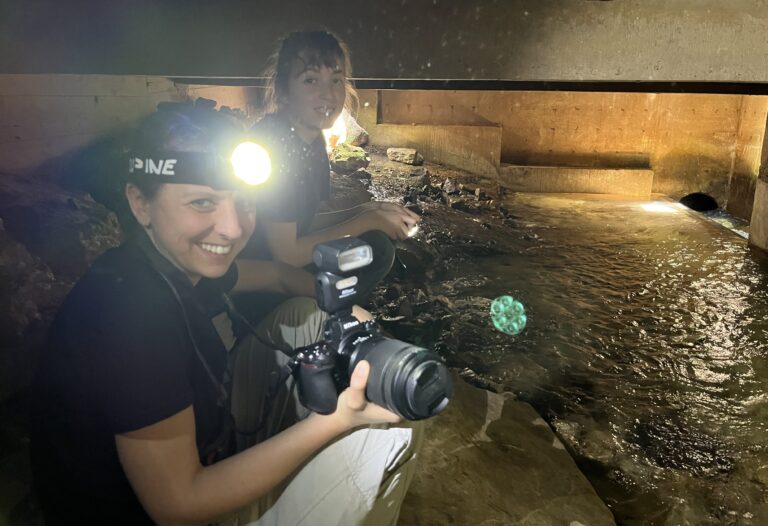
Photos from our field trip in the Ozarks of Arkansas, where in a single day we encountered more than seven species of salamanders.
Epic fail from the cutest and hungriest salamander ever!
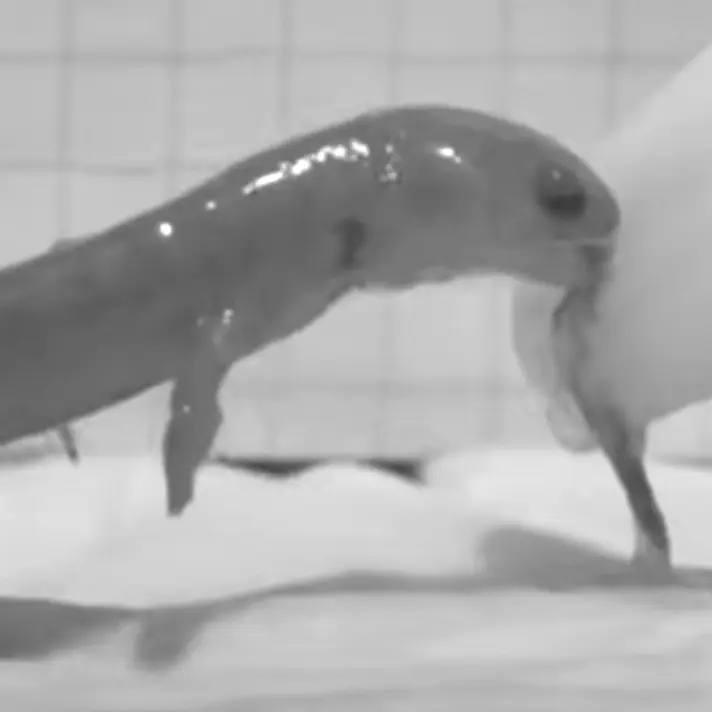
Watch this salamander attempt and fail (twice!) to catch its food.
What is your spirit salamander?
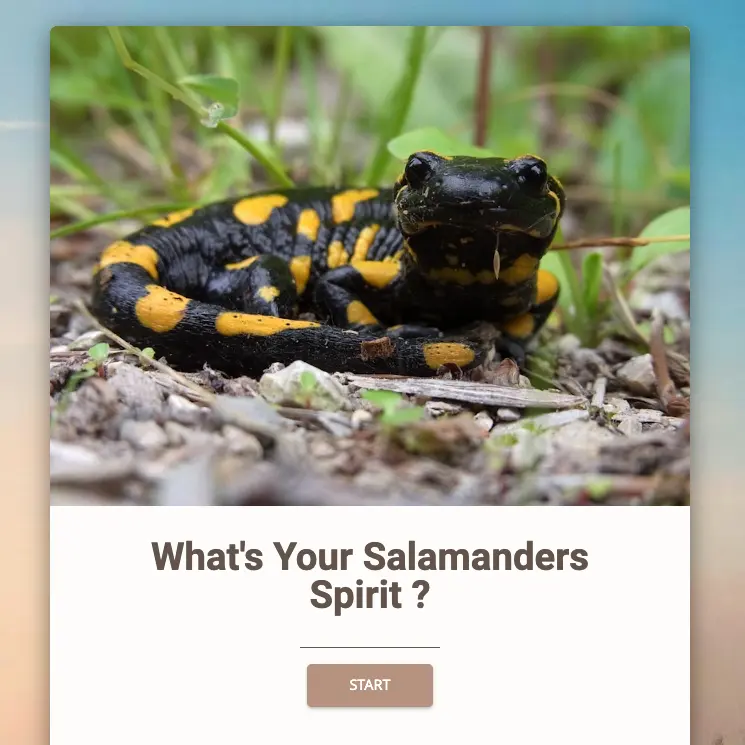
Take an interactive quiz to determine which species of salamander is your spirit animal!
Axolotls at different stages of ontogeny before and after Deeplabcut
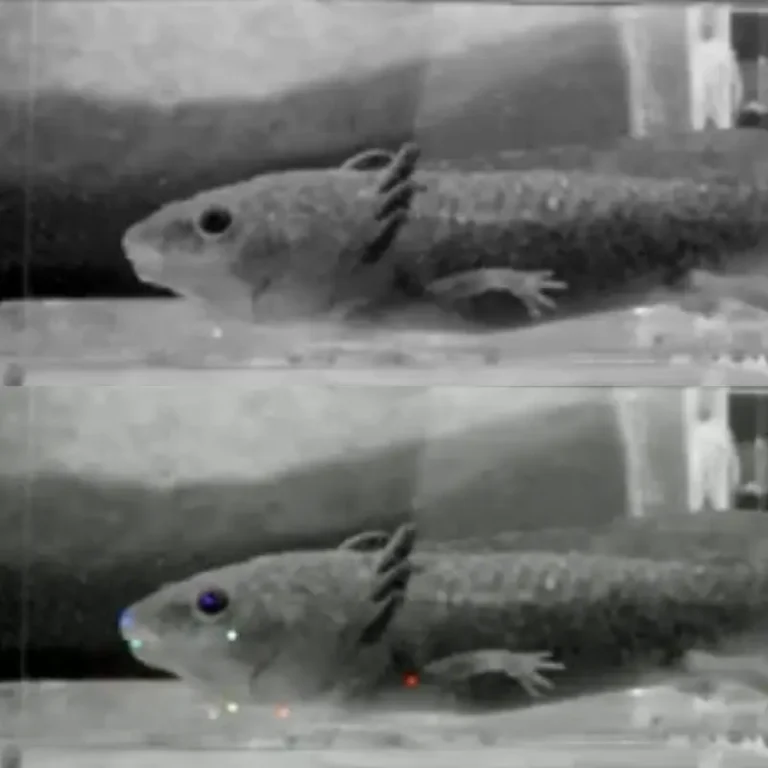
Axolotls at different stages of ontogeny, including suction feeding underwater, before and after applying Deeplabcut for automated feature tracking.
Chasing dragons in a laboratory cave
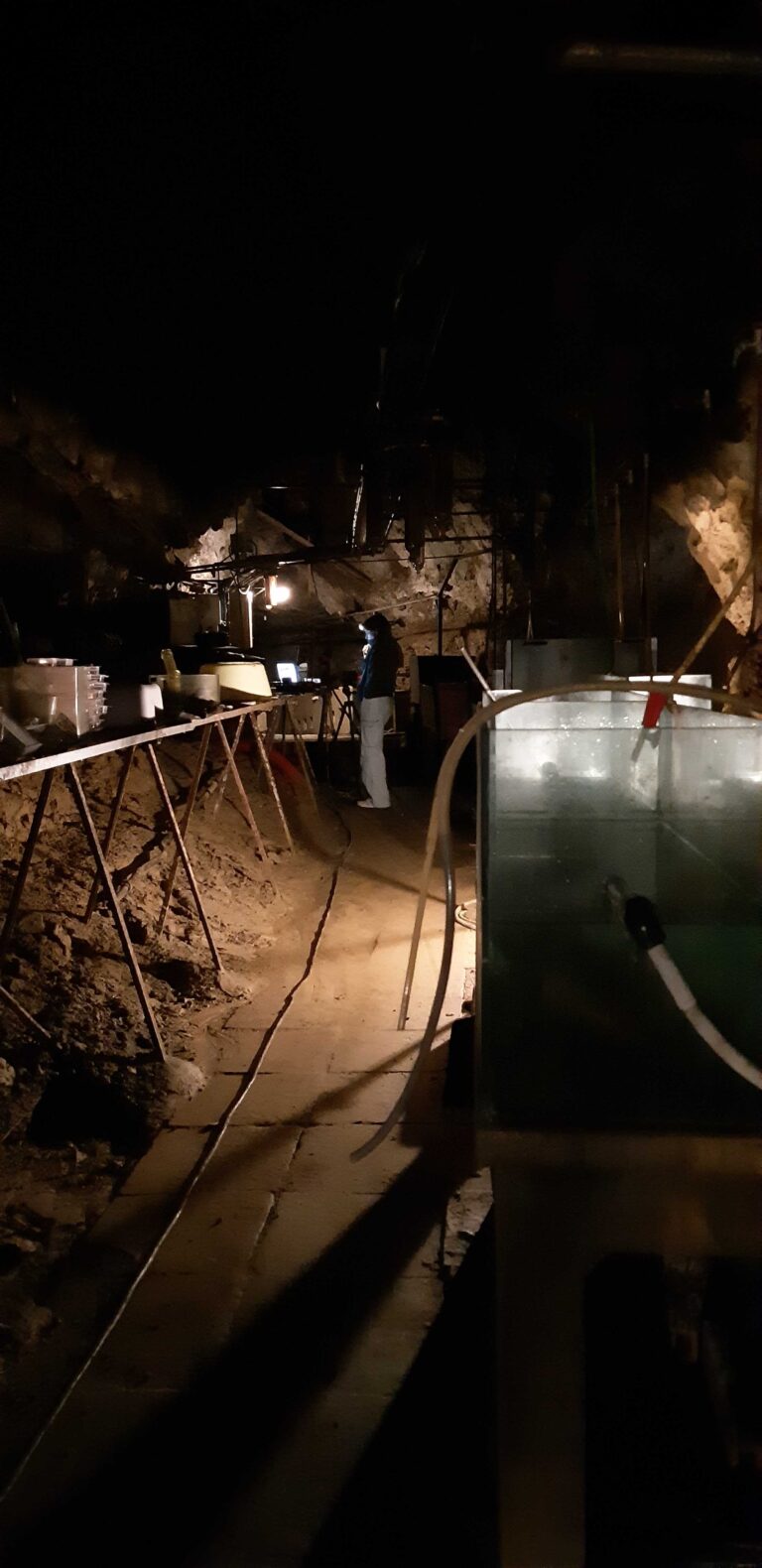
Do you like caving ? In early September, Anthony Herrel and I went to Moulis (Ariège, France) to visit the CNRS laboratory cave part of the SETE, hosted by our collaborator Olivier Guillaume, without whom this would not have been…
Pyrenean newt (Calotriton asper) feeding
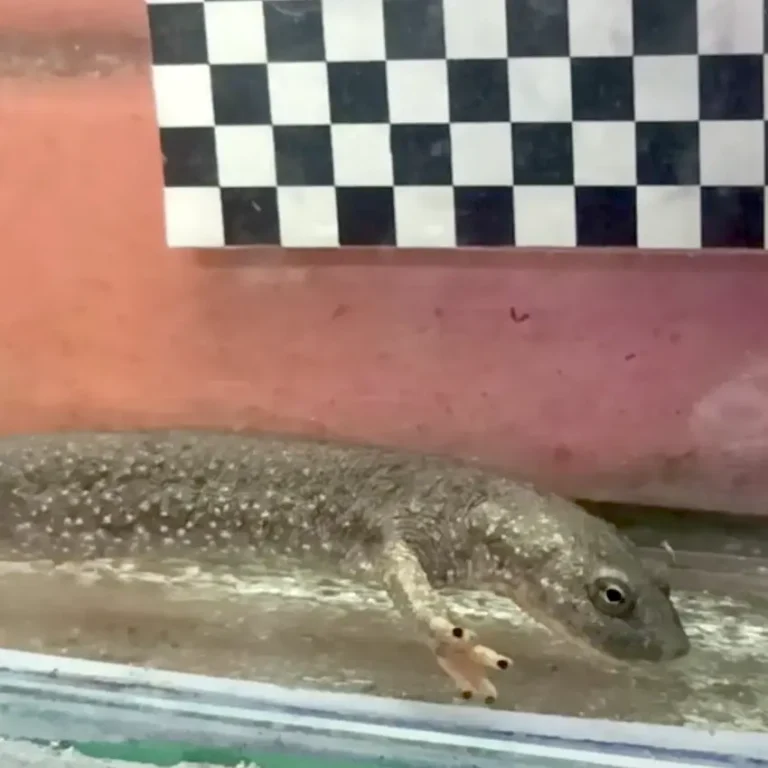
A Pyrenean newt (Calotriton asper) feeding feeding above water.
Olm (Proteus anguinus) suction feeding
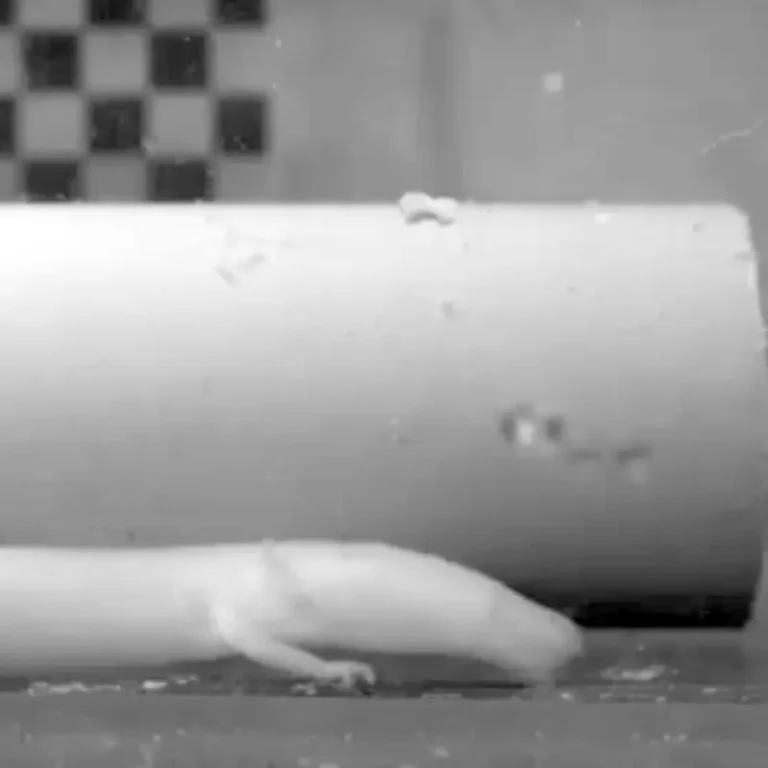
An olm (Proteus anguinus) suction feeding underwater, recorded using high-speed video.
Lower jaw modularity in the African clawed frog and fire salamander
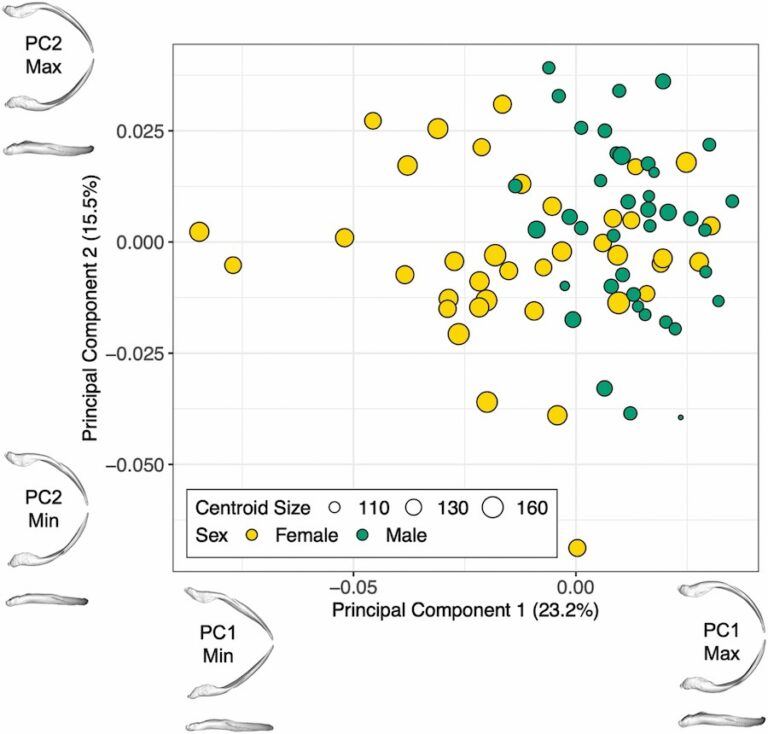
From CT scans of 100 lower jaws from African clawed frogs and fire salamanders, we answer the question of whether the amphibian lower jaw evolves as a single unit or evolves with different modules evolving in different ways.
How do we prepare specimens for scanning?
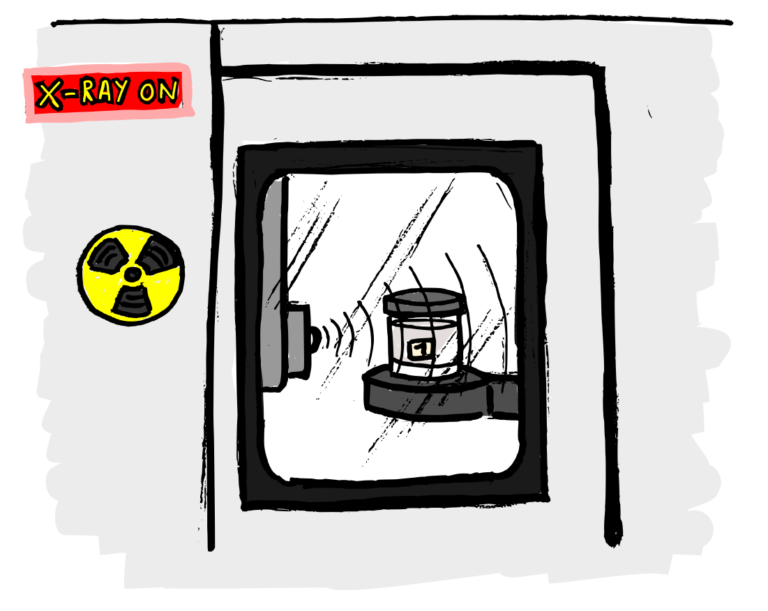
In order to observe the precise morphology of the head bones, we use a micro-computed tomography (micro-CT scanner). This is a 3D imaging technique using x-rays to see inside an object, slice by slice. For our project, we need to…
